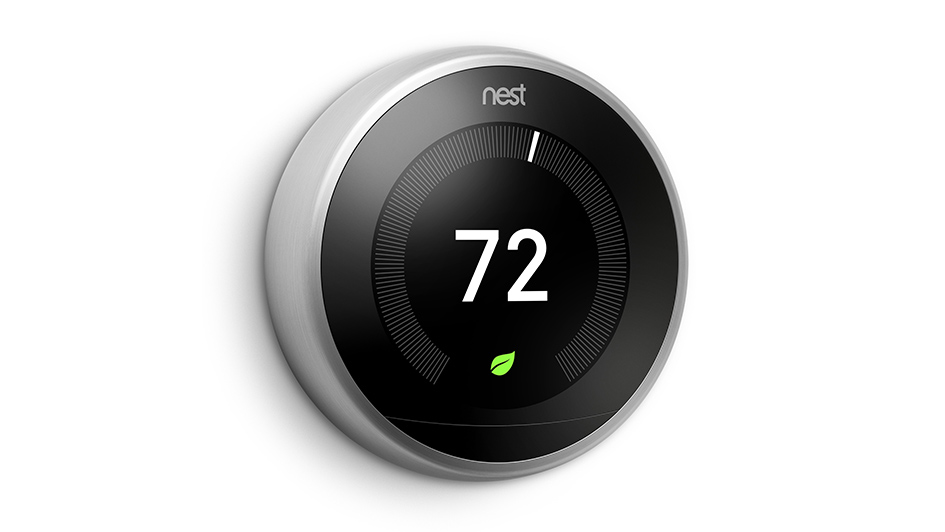
The Nest thermostat is one of the most popular smart thermostats you can get. And for good reason. It learns your temperature preferences and creates an energy-efficient schedule to match. And using geofencing with your phone, the Nest Learning Thermostat and Nest E realize when you’re at your residence or away and can raise and lower settings to help you save even more.
The Nest is compatible with a wide range of 24-volt heating and cooling systems, but it’s always a smart idea to check the Nest thermostat compatibility checker before installing one. Don’t forget to contact your energy provider for valuable rebates, as you might be able to get a Nest for free or close to it.
Once you’ve confirmed it’s compatible, you can either install it on your own or hire a HVAC pro like Air Temperature Control. If you’re wiring it yourself, you’ll spot a terminal for the C-wire, or common wire. This wire is only used for powering your thermostat. If your house or HVAC system is older, you might not have one of these wires. In the majority of cases, Nest says this isn’t a setback because the thermostat can get ample power from other heating and cooling wires.
Sometimes, your heating and cooling system might require that C-wire. And here’s why.
Why Your Nest Keeps Losing Power and Other Issues
The Google Nest Thermostat is better than outdated programmable thermostats that rely on a combination of wiring and AA batteries for power. It relies on a rechargeable lithium-ion battery and wiring to connect to Wi-Fi, power its digital display and operate your heating and cooling system.
8 Common Nest Thermostat Issues
If it can’t receive enough juice, Nest says you might run into some of these issues:
- Bad battery life.
- Thermostat motion sensing is disabled.
- Your thermostat occasionally disconnects from Wi-Fi.
- Your system unexpectedly turns on or off, or won’t stop running.
- Your system is producing weird noises, like chattering, stuttering, clicking or thumping.
- Heating or cooling is short cycling, or repeatedly turning on and off in a short period of time.
- There is a delay message on your Nest thermostat’s screen, such as “heating is delayed for 2:30 minutes.”
- The system fan is continuously running, won’t run or turns off and on rapidly in a short period of time.
You may think something is up with your heating and cooling system, but if you just started using the Nest, we recommend you begin with your thermostat first. This is especially timely if the weather is moderate, and you haven’t been running your heat or air conditioning much.
Our Professionals Can Resolve Nest Thermostat Issues
If you’ve attempted Nest thermostat troubleshooting without help but can’t repair the dilemma, a smart thermostat pro such as one from Air Temperature Control can assist you. We can pinpoint the malfunction and add a C-wire, if needed.
Smart thermostats including the Nest are made to make your life more convenient, through automatic energy-efficient programming and the option to keep an eye on temperatures while you’re out. It’s a frustrating experience when yours won’t work correctly, but our heating and cooling experts at Air Temperature Control can take care of the issue fast.
If you’re running into strange heating and cooling behavior with your new Nest, give us a call at 478-202-3170 to schedule your appointment right away.
